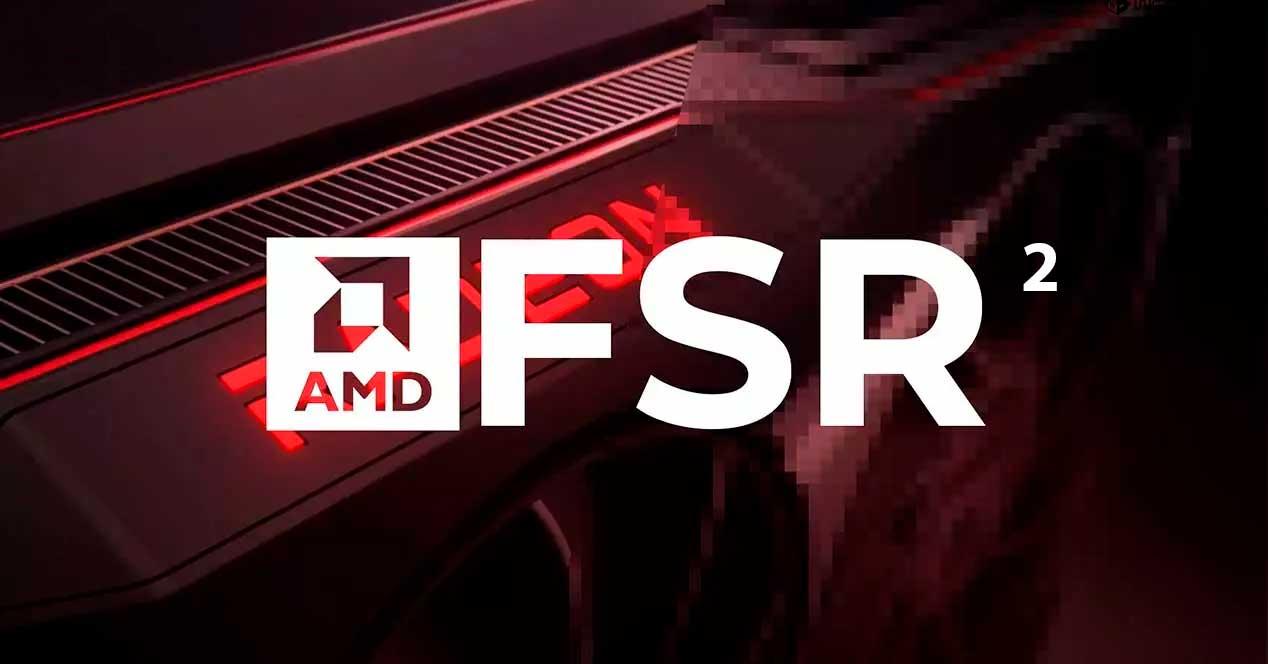The GDC is an event that has been taking place since the early 1980s and where different video game developers, toolmakers and also hardware companies meet to talk about game development. In this document, AMD will talk about its resolution scaling in next-gen games. Will we see FSR 2.0 at GDC?
AMD’s FSR isn’t as good as NVIDIA’s DLSS, but it’s much more pragmatic. Since it is not based on a learning algorithm. This makes it compatible with all games directly without prior training. These differences allowed them to launch Radeon Super Resolution, which applies its FSR algorithm at the graphics driver level and for its RX 5000 and 6000 cards, which saves additional frames.
AMD will showcase its FSR 2 at GDC 2022
One of the biggest complaints about AMD’s FidelityFX super resolution is that the image quality you get from it isn’t as good as you’d expect. In this type of algorithm, the basic information of the original image is essential, and FidelityFX Super Resolution starts with two drawbacks.
- The first is that Radeon GPUs lack the massive computing power of tensor units that can perform matrix calculations 10 times faster than regular SIMD units.
- The second is that it does not take into account temporality and therefore information from previous frames. Especially when it comes to the position of objects from frame to frame.
These two elements are used by the NVIDIA algorithm and are the source of its technical superiority in terms of both speed and image quality.
Since AMD GPUs don’t have Tensor Cores At the hardware level, the first scenario as an element of improvement of an FSR 2 is totally excluded, but not the second. Add temporality
However, adding temporality and without considering other improvements, results in an increase in computational load in the same time period. Therefore, we do not expect the new version to be based on obtaining greater speed in games, but rather on improving the final image quality obtained, which is usually the first to suffer from it.
Only for RX 5000 and above?
Since its recently implemented RSR is not compatible with pre-RDNA architectures, it is therefore very likely that FSR 2 will not have the level of compatibility of its first version. So no graphics card before the RX 5000 could use it.
The reason would be, in addition to a higher cost to make it work at the level of computing power, the fact that obviously Lisa Su is interested in those still owners of GCN and Vega cards making the definitive leap to their new generation of graphics cards and the optimization of these architectures allows them to deploy them also on the new Xbox and PlayStation, as well as on the Steam Deck. Which will be a welcome thing for game developers on all of these platforms.
Apart from all the technical verbiage, in the user sphere this all means that AMD’s FSR will not only give more high resolution images, but it will also improve the image quality of them, therefore the sharpness, l ‘one of the most criticized points of the current version of the technology. Which is always a welcome step forward.











